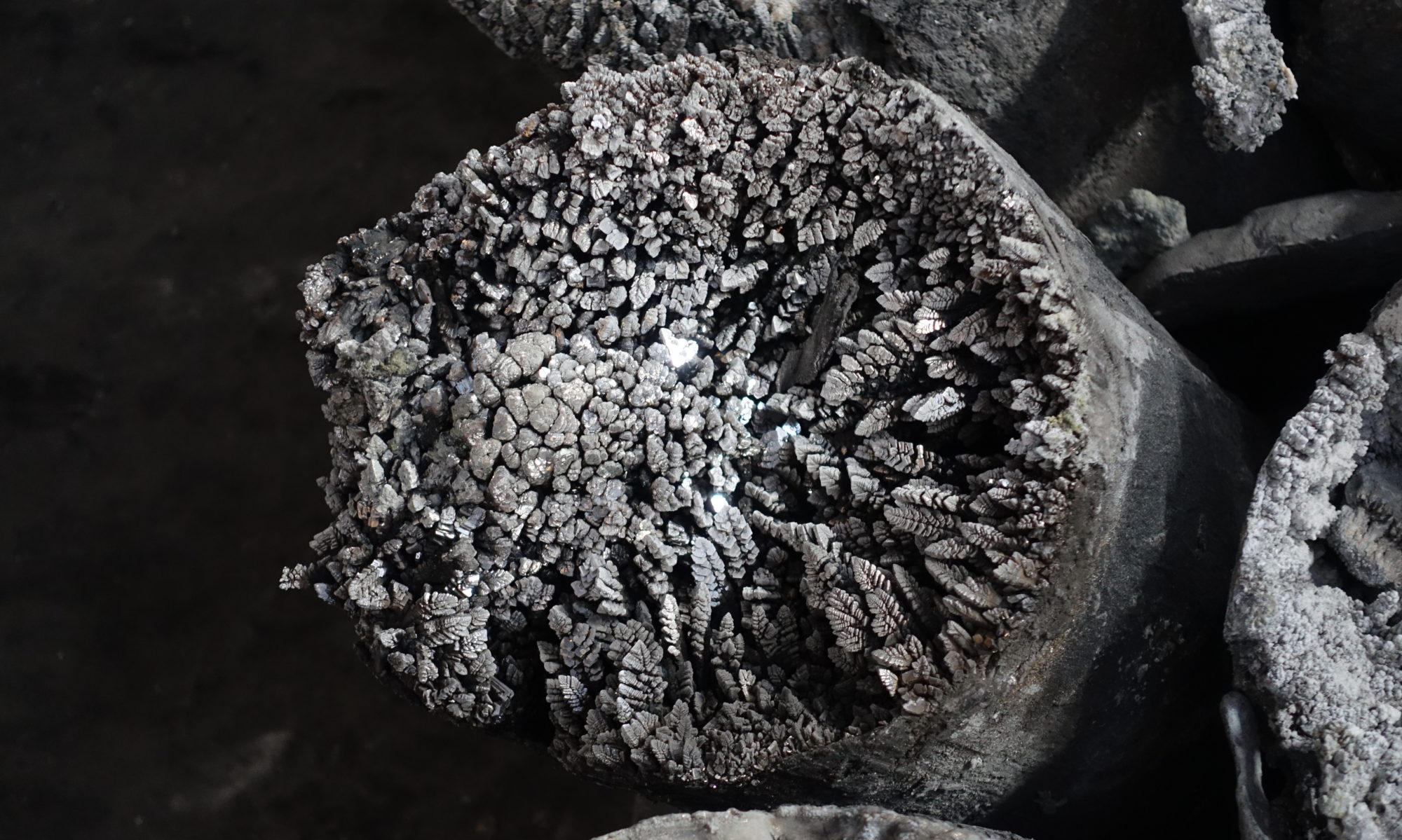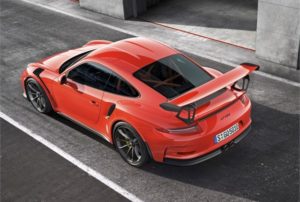We Provide Solutions
Magnesium Welding Wire and Filler Rod
Magnesium Chemicals
Custom Magnesium Tools and Parts
Magnesium Extrusion and Die Cast Ingot
Magnesium Alloys in any form
Galvanic Time Release Magnesium Alloys
Bio-Degradable / Bio-Compatible / Bio-Absorb-able Magnesium Alloys
Dissolvable / Soluable Magnesium Alloys and Products
Machined Magnesium Components
Research and Development
Thixomolding
Forging
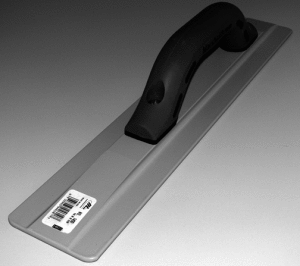
To View Some Our Magnesium Products for the Automotive Industry Please View The YouTube Video Below
[table id=4 /]
Technical Specifications for Magnesium
- Light Weight 75% lighter than steel; 33% lighter than Aluminum
- Strength
- Can be utilized for decorative applications
- Can be utilized in structural applications
- Thermal conductivity
- Excellent acoustical deadening (damping)
- EMI and RF shielding characteristics
- Bio-compatibility
- 100 % Recyclable (Environmentally Friendly)
- Longer tool life than aluminum (for die casting and extrusion)
- Less Expensive than steel
Interesting Facts About Magnesium
Magnesium is an essential element in both plant and animal life. Chlorophyll is the chemical that allows plants to capture sunlight, and photosynthesis to take place. Chlorophyll is a magnesium-centred porphyrin complex.
Without magnesium photosynthesis could not take place, and life as we know it would not exist
In humans, magnesium is essential to the working of hundreds of enzymes. Humans take in about 250–350 milligrams of magnesium each day. We each store about 20 grams in our bodies, mainly in the bones.
(ref. http://www.rsc.org/periodic-table/element/12/magnesium)
Magnesium plays important roles in the structure and the function of the human body. The adult human body contains about 25 grams of magnesium. Over 60% of all the magnesium in the body is found in the skeleton, about 27% is found in muscle, 6% to 7% is found in other cells, and less than 1% is found outside of cells.
German automaker Porsche has integrated a magnesium roof into production of its highest-performance model, the 911 GT3 RS, it was announced by POSCO, South Korea’s multinational steelmaker, which will supply the lightweight magnesium sheets to the Stuttgart-based manufacturer.
Porsche’s decision represents the first body adoption of magnesium that has been used for a limited number of smaller car parts.
Porsche had tested aluminum and CFRP (carbon fiber reinforced polymer) as potential materials for its roof, but opted for magnesium as the thinnest, strongest and lightest material for their design and engineering specs. That choice allowed a weight reduction of 10 kg to 1,420 kg, compared with existing models (30 percent lighter than even aluminum). Porsche said that, “Due to the light weight of the roof, the center of gravity became lowered and improved running stability.”
“We expect the demand for auto parts using magnesium will continue to grow at a fast pace,” POSCO said in a statement concerning the joint agreement with Porsche.
The new model is an upgrade of the 911 GT3 released at the 2015 Geneva Motor Show (opened March 3). It boasts 500hp and accelerates from zero to 100km/h in 3.3 seconds. The car gets 7.9 km/liter per the stands of Europe, a fuel efficiency mark that’s another result of the lightweighting.
Magnesium, some 30% less dense than aluminum (and about one-quarter as dense as steel) is increasingly replacing those metals in the manufacture of planes, trains and automobiles with accelerated global efforts to use the lightest, most efficient available structural metal. For example, last year, Renault Samsung used magnesium sheets for the backseat and trunk of its new SM7 model. And aerospace giant Boeing uses magnesium in a number of applications from wing components to parts of the doors, on the B707, B727, B737 and B747 models.

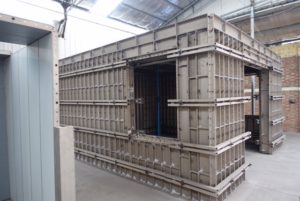
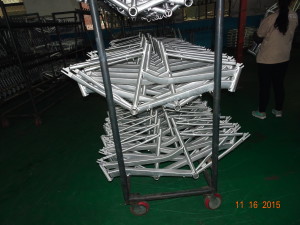
Please Contact Us:For Your Magnesium Products Inquiries
Premium Magnesium Extrusions, Magnesium Die Castings, Magnesium Sacrificial Anodes, and Magnesium Products
